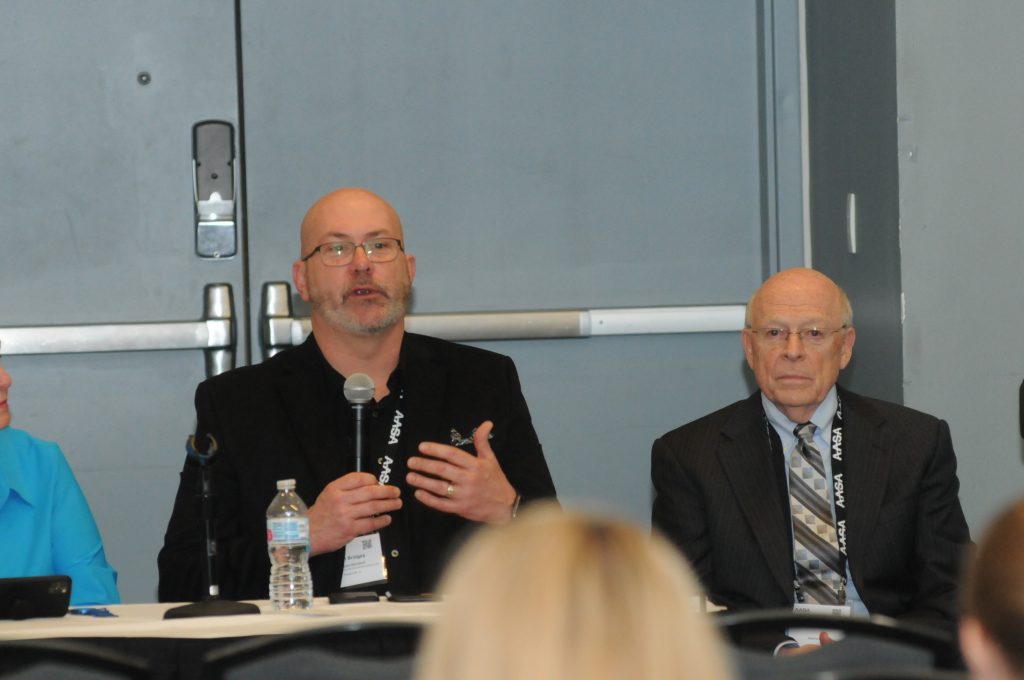If the social curriculum is as important as the academic curriculum for students, then the social curriculum must be part of the plan.
Panelists representing a groundbreaking AASA initiative, known as Learning 2025, supported by the Chan Zuckerberg Foundation, made that point clear during a conference session Friday on social and emotional learning in K-12 schooling today.
“We made a commitment to our community and put it in writing in the strategic plan,” said one panel member, Dan Bridges, superintendent of Illinois’ Naperville Community Unit School District 203. “It’s an embedded part of our culture.”
The panelists emphasized that SEL plans must be seamlessly embedded in the curriculum. On this point, Patricia Kuhl, a faculty member at University of Washington, said: “The power of the social brain has been totally underestimated. It’s the driving force in cognition. It’s the gateway to learning” as a key driving force behind SEL.
Aaron Spence, superintendent in Virginia Beach, Va., identified his school district’s top two achievements as simply defining what SEL encompasses followed by developing specific communications strategies around SEL.
“We know this work matters. We know this is good for kids,” Spence said.
Referencing the work of collaborative problem solving by Stuart Ablon, another panel members, superintendent Theron Schutte of Marshalltown, Iowa, emphasized the student behavior educators see often is a result of other factors that students are struggling to manage. Schools must look at the root causes to gain results, she said.
Superintendent Kamela Patton of Collier County Public Schools in Naples, Fla., highlighted the low cost, high impact of a “Handle with Care” initiative as one of many successful undertakings in her district. “Handle with Care” places student safety and mental well-being at the forefront by inconspicuously alerting teachers and counselors when a student has experienced a traumatic event allowing adults to provide extra understanding when needed.
(Lisa Trail is a reporter on AASA’s Conference Daily Online and director of communications and strategic initiatives with Murfreesboro City Schools in Murfreesboro, Tenn.)

